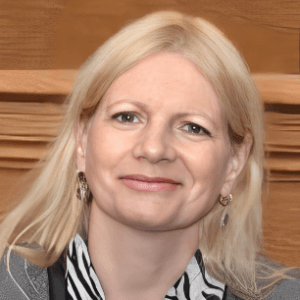Title : Little-known condensed isoindoles transformations
Abstract:
Isoindoles condensed on the a-side may form an interesting distinct section of the chemistry of heterocyclic compounds. Their reactivity, of course, depends on the electronic structure of the entire conjugate system, but the fact that they retain the ancestral isoindole property of entering cycloaddition reactions remains important. In contrast to simple (non-condensed) isoindoles, four previously unknown types of transformations were found for condensed azino- and azoloisoindoles under the conditions of the cycloaddition reaction with maleimide derivatives. Various factors influence the course of these rearrangements. First of all, the degree of conjugation of the isoindole fragment with the heterocycle condensed on the a-side has a great influence.
In the process of research, pure products in all these transformations were identified. The structure of the reaction products has been unequivocally proven. Spectral properties have been studied. A number of intermediates are highlighted. The mechanisms of reactions have been studied.
Audience Take-Away:
- The uniqueness of isoindoles and their condensed derivatives
- On new rearrangements under the conditions of reaction of condensed isoindoles with maleinimides
- About the structure of the resulting products, including the twisted double bond; about theoretically possible applications of new types of compounds
- The reactions that will be presented can be taken as a basis to test whether such transformations are possible in other tricyclic (tetracyclic,...) aromatic heterocycles. Could it be that only condensed isoindoles give such rearrangements under the conditions of cycloaddition reactions
- Any little-known information about new rearrangements helps us to realize that without experimental research a priori it cannot be assumed that a chemist always knows the answer to the question A + B = C. Namely, what is the structure of compound C
- The results of these studies can be included in a number of special courses in organic and heterocyclic chemistry for masters and graduate students, in which they study: new reactions and rearrangements; reactions with the economy of atoms; issues of stereochemical structure and atropoisomerism, etc
- A practical solution to the problem will allow us to understand the possible limits of such rearrangements, as well as the benefits of the corresponding design
- There are very few scientific groups in the world that deal with the chemistry of isoindole. Despite the fact that I like to change the directions of research, to look for new scientific bridges between organic chemistry and various other modern branches of chemical disciplines, I have never left the chemistry of isoindole. Because I love this paradoxical compound with inexhaustible possibilities




